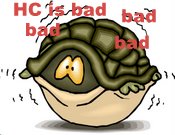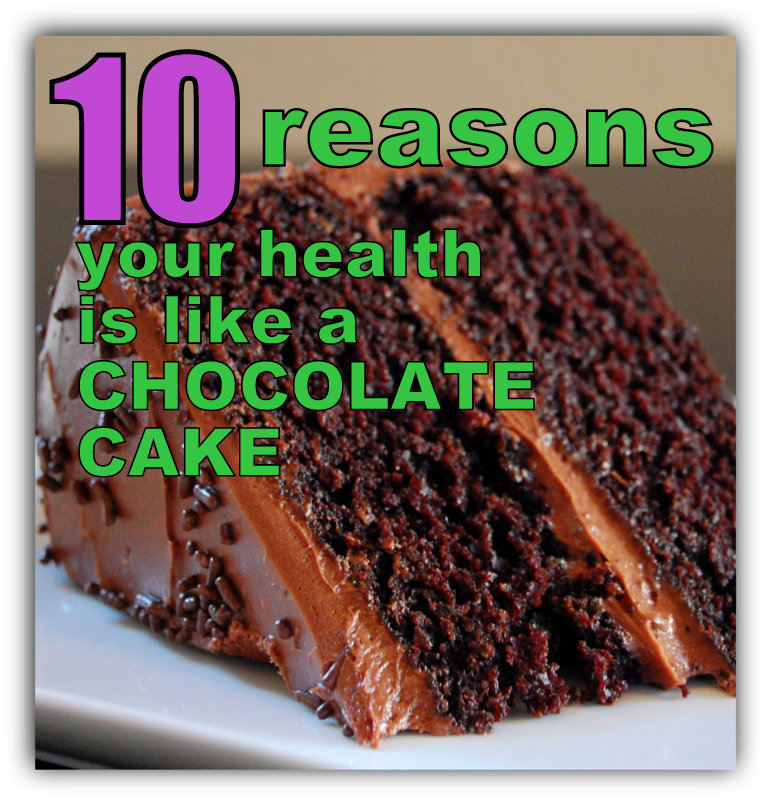Thyroid Tidbits: Men with low iron, Reverse T4 (yes, I said it correctly), Inflammation in thyroid patients, plus more
 (No, the tatoo isn’t mine. It belongs to a gal who says STTM helped changed her life. Amazing and brave! 🙂 )
(No, the tatoo isn’t mine. It belongs to a gal who says STTM helped changed her life. Amazing and brave! 🙂 )
MEN CAN HAVE LOW IRON, TOO:
I’ve seen a few hypothyroid men who have found themselves with low iron. In fact, either iron anemia is growing in men, or we’re just hearing from them more thanks to the internet.
And remarkably, it has become personal for me. Turns out my own husband is very low, which explains the fatigue he had been experiencing lately. Sadly, taking iron pills gives him a headache, so he will eat high-iron foods daily, and will be exploring Floradix, a liquid herb-based iron. Men, get all the needed iron labs!
REVERSE T4 (yes, I said it correctly)
I’ve been having an email chat with a scientifically-minded guy named Brian who also has a sister with a major in bio-chemistry. And something dawned on both of them concerning “levothyroxine” which is the synthetic term for T4.  The prefix LEVO means the “left-hand” version of a molecule, and thyroxine is the biological term for the real T4.  Says Brian: “Levo-thyroxine means it has exactly the same atoms in exactly the same order, but not the same shape (handedness), so if enzymes or proteins have to chemically “fit” it to work, they may not be able to. He concludes this can be one reason being on synthetic T4-only does not work, and knew it was alluded to by Dr. Mark Starr.
But Brian continues: In just the same way that levothyroxine is the mirror-image or “left-handed” version of regular thyroxin, RT3, or Reverse T3, is the mirror-image or “left-handed” version of T3. If we were consistent with our terminology, in other words, levothyroxine would be known as “Reverse T4”. Says Brian, just as Reverse T3 is biologically inactive , so is Levothyroxine, thus “Reverse T4”. I love it!
CHECK OUT WHAT THIS MEDICAL TRANSCRIPTIONIST SAID:
In a facebook discussion,  a female medical transcriptionist has had a realization. Namely, in almost every report she is transcribing into text or digital format,  a patient with the diagnosis of hypothyroidism also has a medical history of depression and/or anxiety. You can read about depression & anxiety here. Of course, no patient who is informed is surprised! They are HYPOTHYROID symptoms.  And she then notes the prescription ordered by the doc: Synthroid.  WAKE UP DOCTORS. You are only dooming your patients to a lifetime of depression, anxiety and far more.
WHY MANY OF YOU HAVE INFLAMMATION (and don’t even know it), WHAT IT DOES, AND HOW TO TREAT IT
One thing I see a lot when doing phone consultations, as well as on thyroid patient groups, is evidence that someone has low-grade inflammation. In fact, Â research has already shown that a large body of folks with hypothyroidism have higher levels of CRP (C-Reactive Protein) which is a lab test marker of inflammation. Â That inflammation, in turn, puts you at a higher risk of heart disease.
Another clue that you have an inflammation problem is having higher ferritin levels (i.e. ferritin looks great, or is too high) along with poor iron serum/% saturation lab results.  In other words, in the presence of chronic inflammation, your iron will be diverted to your ferritin iron storage, and less will be in your serum and saturation.  You can also find yourself with very low TIBC (Total iron-binding capacity). The TIBC is measuring the protein “transferrin”, made in your liver, and which transports your iron through your body. If this is the case, you can’t take high levels of iron supplementation, as explained on the above ferrritin page and more in the book.
What do you do? 1) Treat your hypothyroidism properly–a huge step in lowering that inflammation–with desiccated thyroid, NOT Synthroid. (Read the Things We Have Learned page on STTM, or even more details in Chapter 3 in the new Revised STTM book). 2) Treat proven low cortisol with HC or hydrocortisone. Don’t guess! Do a saliva test!) If saliva testing reveals you have adrenal dysfunction, cortisol supplementation will help counter inflammation.  (Read the Adrenal Info and How to Treat page on STTM, or more details in Chapter 6 in the new Revised STTM book.) 3) Use Krill Oil as a supplement. Krill Oil is an even better marine fish oil with rich amounts of Omega 3 fatty oils,  and research with even a low dose of 300 mg proves that it does a bang-up job in reducing inflammation as well as pain in joints associated with rheumatoid and osteoarthritis.  My own husband is on 1000 mg a day.
HAVE THE REVISED SECOND EDITION OF THE STTM BOOK YET? IT’S WORTH IT.
I am frankly extremely proud of the Revised Second Edition of the STTM book.  In spite of being a lot of hard work, it is good to see all the additions, details and corrections throughout the entire book.  There is much more on labs and how to read them, ferritin and iron, adrenal dysfunction and how to treat it, reverse T3 and how to treat it, plus a completely new chapter on good supplements and foods.  I added a little more hidden humor, which was fun.  There are now 36 more pages, too, and at the same price.  You can see more about the book here.  The book is ideal since you can bring that right into the doctor’s office with the information highlighted and bookmarked. As far as Kindle or other readers, yes, I’m already aware that some of you have requested it. But right now, it’s the book only.  But I’ll make announcements in the future as to what might be coming up.
P.S. Seeing this blog post via the email notification? If you have a comment to make, click on the title, which will take you directly to this blog post on the net, and comment there.








